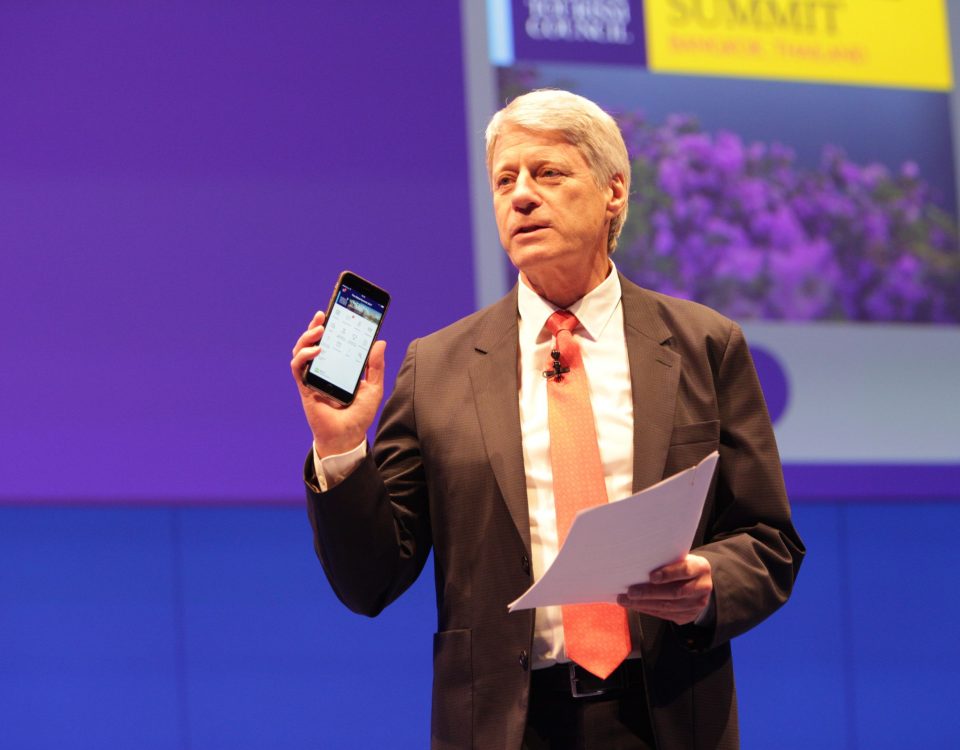Organizing themed speeches for a corporate event

Should you send traditional or email invites for your charity event?
February 24, 2018
Top Ways Corporate Events Can Increase Company Morale
March 18, 2018A consistent and easily identifiable theme is an often overlooked aspect for a corporate meetings planner. You want the attendees to walk away with a repeatable message that they can impart to colleagues and friends long after the event ends. The easiest way to develop a theme is to curate the content of the event around it. This means selecting speakers and experts who can all contribute to one theme from their own unique vantage point. But it can be common to run into roadblocks in organizing themed speeches by thinking either too broadly or too narrowly. Here are some helpful tips to keep in mind when trying to organize the speeches and addresses to include in an corporate event:
Don’t be afraid to think big.
Sometimes a speaker may not seem relevant to either your company’s culture or goals, but a second look may reveal a hidden application of a speaker’s expertise. For instance, an event themed around “Customer-centric Service” may not seem related to the experience of a trained neurosurgeon. But given another glance, a neurosurgeon may have valuable information about how to ease a customer’s anxieties in a way that a typical salesman has never dreamed of. The diversity of speakers also keeps the attendees engaged and excited about the different topics that may be covered.
Love your speakers, and have your speakers love you.
One through line that should never be pushed aside or forgotten at a corporate event is the corporation itself. That’s why choosing speakers and topics for an event should always be viewed through the lens of how it impacts the company. As the corporate meetings planner, Challenge your speakers and experts to organize their speeches around one of the unique value propositions of your corporation. Attendees will find it easier to apply the themes of the event if they are presented with specific ways they relate to the business model.
Save the best for last.
While some corporations may prefer to have an opening keynote speaker in order to establish the theme, this presents a few problems. First, you want attendance at the event to be consistent throughout. Attendees are less likely to skip the end if they know the most important speaker is scheduled to present last. Along with keeping people present and engaged, a vigilant keynote speaker can incorporate an example from each of the preceding presentations. By providing a summary, the theme of the event is effectively elucidated. The last thing that attendees will walk away with is a highly memorable motif that they can connect with their event experience.
In the beginning, organizing themed speeches can seem daunting or fruitless. Content curation is often a task people would rather delegate to each individual speaker. But a balance is achievable when it comes to creating enough diversity to inspire creativity, while simultaneously giving enough direction to adhere to one theme. Attendees will ultimately be grateful for the inspiring approaches toward one common goal.




